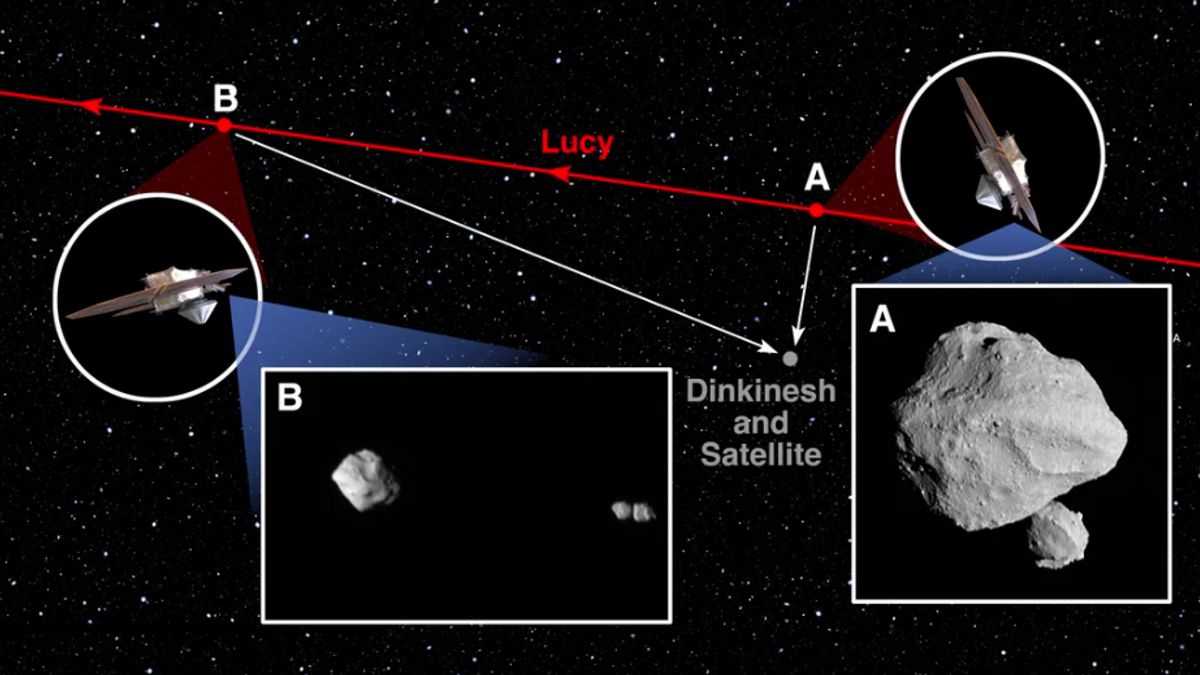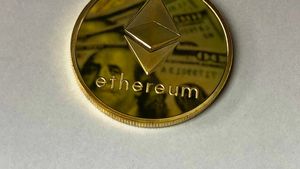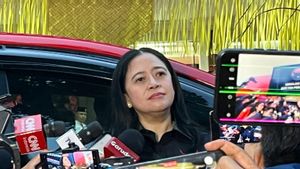JAKARTA The Lucy spacecraft belonging to the United States Aeronautics and Space Agency (NASA) shared new information about natural satellites orbiting the asteroid Dinkinesh.
On November 1, Lucy met this satellite for the first time. This finding was quite surprising for Lucy's team, but the latest data surprised them more. The reason is, this satellite does not move alone.
Lucy's downlink image shows that the Dinkinesh satellite is a contact binary. This means that this satellite is made of two small objects that come into contact with each other so that these two satellites move simultaneously.
"We've been confused about the strange variations in the Dinkinesh luminosity we saw as we approached, which gave us hints that Dinkinesh may have had some kind of month, but we never expected anything this strange," said Lucy's deputy project, John Spencer.
Not only Spencer was surprised. Principal Researcher of Lucy's Research Project, Hal Lebison, also felt the same way. According to him, these findings are confusing and interesting at the same time.
VOIR éGALEMENT:
I never thought the system would look like this. In particular, I don't understand why the two satellite components have the same size. This would be a fun thing for the scientific community to know," Levison said.
Dinkinesh and its satellites are not the main focus of Lucy. This NASA aircraft was launched to explore other asteroids that have never been visited before, namely Jupiter's Trojan.
Dinkinesh and its satellites are two of the eleven asteroids that Lucy will explore during her 12-year journey. The plan is for Lucy to observe the asteroid Donaldjohanson by 2025 and the Trojan asteroid by 2027.
The English, Chinese, Japanese, Arabic, and French versions are automatically generated by the AI. So there may still be inaccuracies in translating, please always see Indonesian as our main language. (system supported by DigitalSiber.id)


















